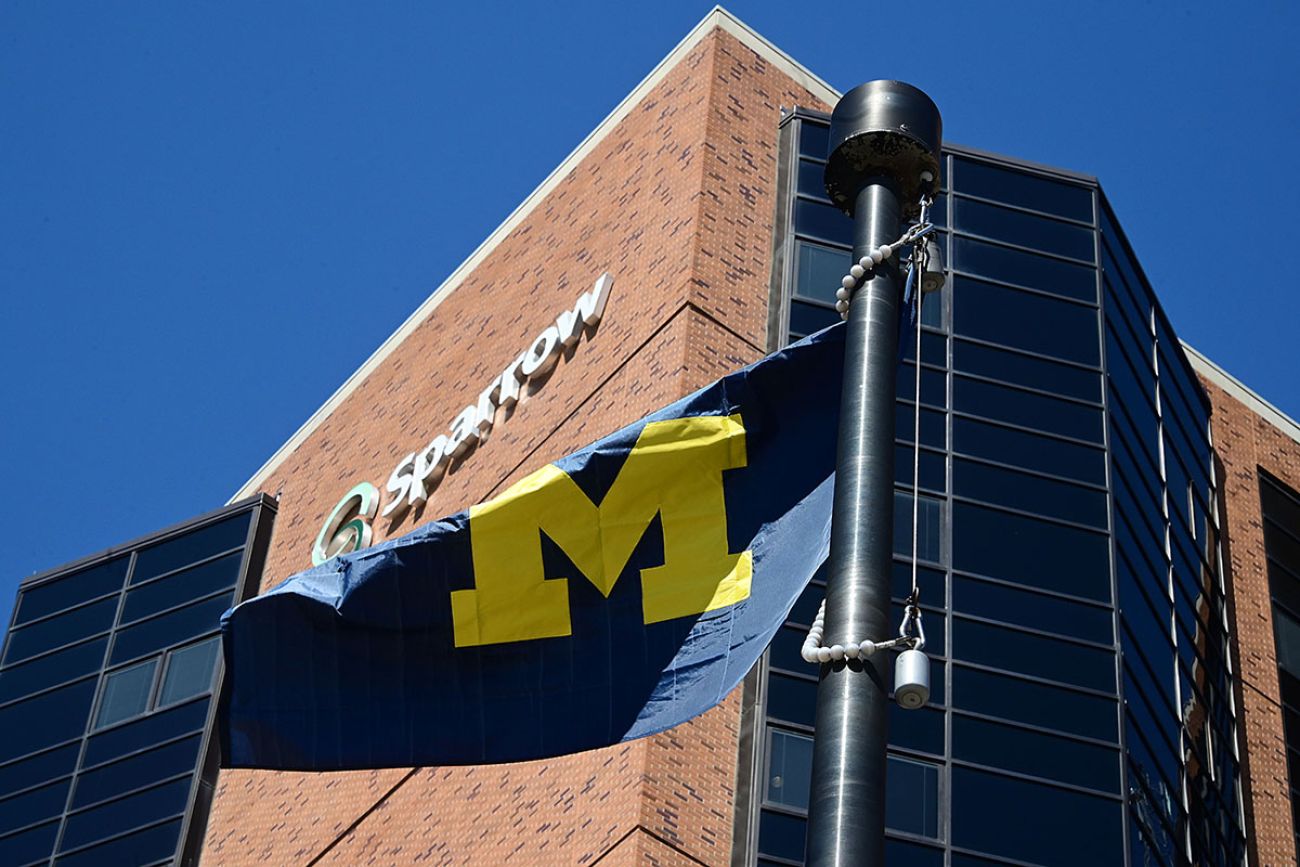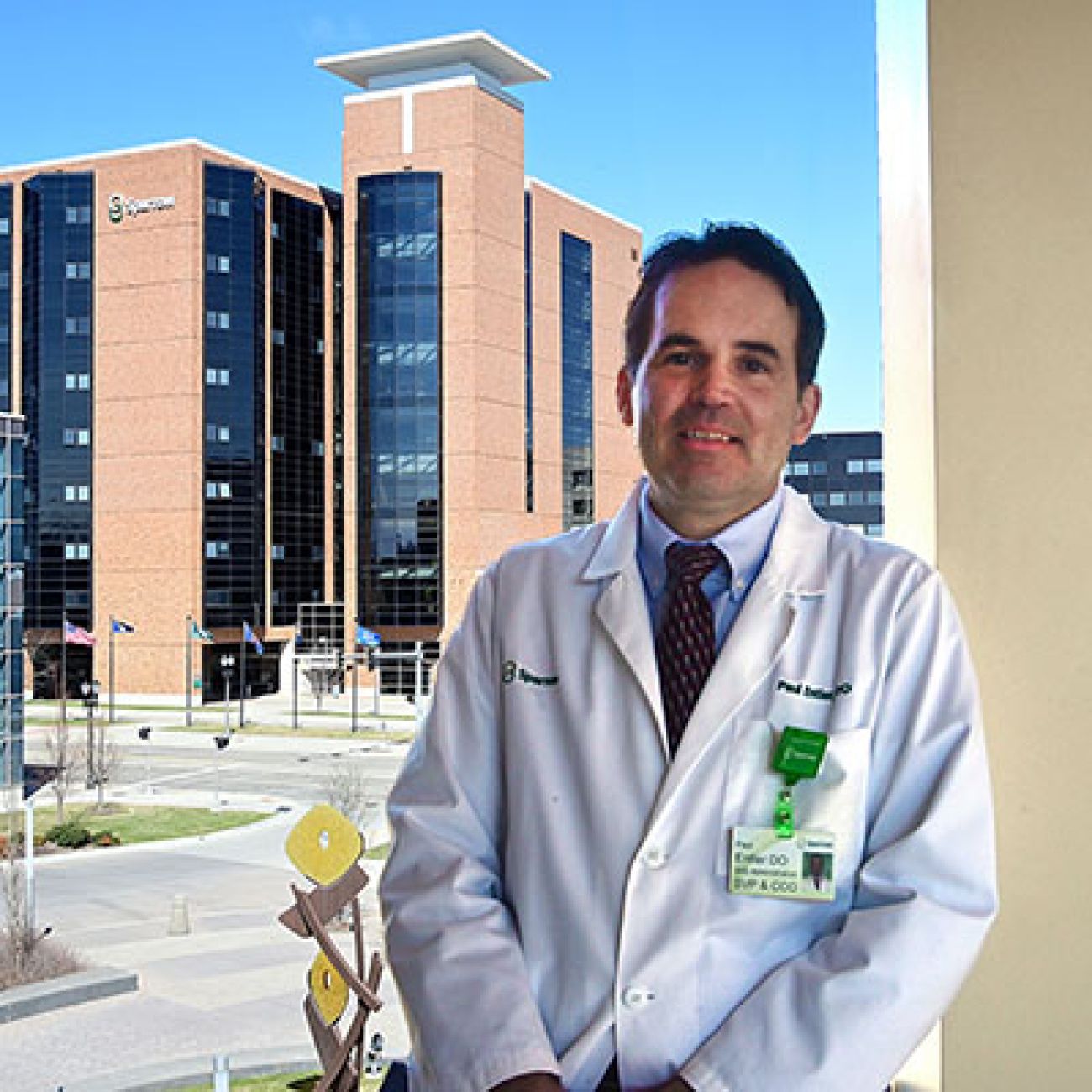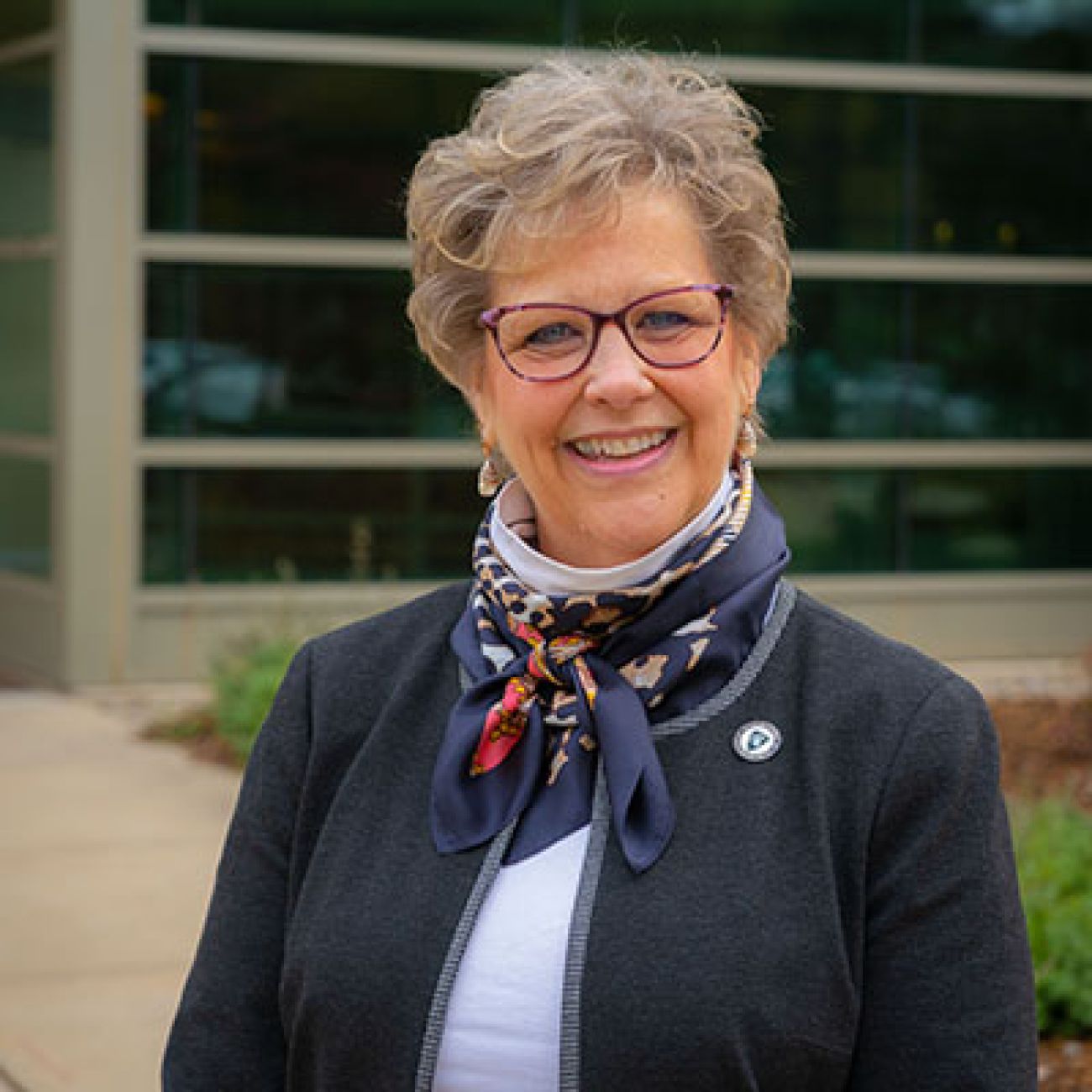U-M deal with Lansing’s Sparrow leaves MSU doctors unsettled about future

- Sparrow health has been the training ground of MSU doctors and nurses for more than a century
- But the Lansing-based health system was purchased by U-M Health this month, leading MSU to question its future there
- U-M and Sparrow say Sparrow’s relationship with MSU will remain unchanged
For more than a century, Lansing-based Sparrow Health System has been a training ground for thousands of doctors and nurses from Michigan State University’s medical and nursing schools. Scores of MSU doctors work in Sparrow facilities.
But earlier this month, the health system finalized an agreement that makes University of Michigan Health the sole corporate owner of Sparrow, a deal that includes MSU’s primary medical campus.
While both U-M and Sparrow representatives have offered assurances that there will be no change to existing contracts, MSU officials say they are concerned about the long-term impact of U-M’s incursion into Lansing.
Related:
- U-M hospital system to acquire Sparrow Health in latest Michigan merger
- University of Michigan Health finalizes acquisition of Sparrow Health
- Michigan hospitals lost 1,700 beds from staff shortages, seek more money
Dr. Aron Sousa, dean of the MSU School of Human Medicine, told Bridge Michigan that, with U-M now in charge, Sparrow “could pick other people to do some of that (medical) work. They could decide that they're going to choose some other entity to run the stroke service or the neonatal service or the residencies.”
Sousa acknowledged that might seem unlikely given MSU’s long affiliation with Sparrow.
“But what I'd say is, given the long history, I didn't think it was likely that Sparrow would be taken over by the University of Michigan.”
Deep Spartan ties
MSU Health Care — made up of the university’s colleges of human medicine, osteopathic medicine and nursing — has 49 contracts with Sparrow covering 90 MSU doctors who provide care that runs from neonatology to neurology, obstetrics and orthopedics, according to data provided to Bridge Michigan.
Add in physicians assistants, nurse practitioners and some therapists and on any given day there are roughly 300 people at Sparrow facilities who might be sporting lab coats or polos with the familiar Spartan “S.”
Sparrow’s 25 residency and fellowship programs are all affiliated with MSU’s colleges of human and osteopathic medicine. And 13 of those programs are led by MSU-employed program directors, with Sparrow offering rotations for nearly 200 medical students in both schools.
Sparrow also provides about 500 placements a year for students from the MSU College of Nursing — from undergrad nursing students to those with advanced degrees, such as a certified registered nurse anesthetist.
Those clinical placements are likely secure for nursing students at least through next year, but long-term?
“It's unclear to me how that's going to become untangled and work out,” said Leigh Small, dean of the College of Nursing. “It’s on my watch list, if you will.”
Sparrow’s chief clinical officer acknowledged that a medical mash-up of maize-and-blue and Spartan green health programs left him scratching his head, at least at first.
“When this was all coming about, I (wondered): How are two Big Ten universities — you know football, basketball — how is this actually going to work?” said Dr. Paul Entler, senior vice president and chief clinical officer at Sparrow.
But he said he’s been reassured that those relationships won’t change. And the recent agreement, he added, is about something far more important than the rivalry between the state’s largest universities. It’s about offering better, specialized, close-to-home patient care, he said.

Entler said the larger contract between MSU and Sparrow now stands through at least 2027 and “there is commitment to a continued partnership with Michigan State within the language” of the U-M deal (though neither Sparrow nor U-M would provide Bridge a copy of that contract).
Outside Entler’s window, two familiar flags — the University of Michigan’s familiar maize-and-blue and Michigan State’s iconic Spartan green — fly alongside U.S. and state flags.
Both university flags will remain, and MSU staff and students have no reason to fret, he said: “Michigan State will be an integral part of whatever the future looks like.”
Small, the nursing school dean, said there’s another factor that makes it unlikely MSU will be entirely swept aside: the state’s shortage of healthcare workers.
“Sparrow is no different than any other hospital or hospital system in that the need for nurses is critical,” she said. “I wouldn't think that they're going to totally abandon their relationship with us.”

But, she added, “we do need to make sure that we look to our other clinical partners at the same time and be ready in case something happens.”
U-M assurances
Leaders at Michigan Medicine, which is made up of University of Michigan Health and the university’s medical school, declined several requests for interviews about MSU’s future at Sparrow.
But in a statement to Bridge, spokesperson Mary Masson of Michigan Medicine, which includes U-M Health, said there are no plans “to make changes to Sparrow’s relationship with MSU.”
“We are honoring all current commitments that Sparrow has made, and we look forward to exploring additional opportunities to partner with MSU in ways that will benefit the community,” Masson said.
Masson noted that MSU’s College of Osteopathic Medicine continues to train its students at the former Metro Health Hospital in Wyoming, near Grand Rapids, even though U-M health purchased that facility in 2016 (it’s now called University of Michigan Health-West).
It’s an example, Masson said, of the “educational mission with universities across the state.”
Doctors at Michigan State have been hearing those reassurances, but they still wonder, said Dr. Peter Gulick, an infectious disease expert in MSU’s College of Osteopathic Medicine.
“They want us to believe the waters are calm out there, and they look like that now,” Gulick said. “But I always wonder about the tidal wave you can’t yet see.”
Gulick doesn’t practice at Sparrow sites, but his students may train there. And to be clear, he said U-M may bring deep resources that will help deepen Sparrow’s speciality services. U-M Health is, after all, not only a medical care organization but a biomedical research powerhouse, and is now a $7 billion organization.
“I’m excited” by the deal, Gulick said. “But I think this is one of those wait-and-see situations.”
Dr. Andrea Amalfitano, dean of MSU’s osteopathic school, said Gulick and other doctors and students at the school are likely at less risk in Sparrow’s deal with U-M.
Amalfitano noted that Sparrow is just one of 22 sites in Michigan that provide training to MSU’s osteopathic students, which gives the school some cover. If osteopathic students were to get squeezed out at Sparrow, they could get placed through Corewell Health’s Beaumont hospitals, Detroit Medical Center, Henry Ford Health, McLaren Health Care and others.
It would be more convenient for all the students to train at a single hospital, Amalfitano said, “but at the same time, it deflects our risk.”
Norm Beauchamp, executive vice president of MSU Health Services, which oversees the medical and nursing schools, said he is confident MSU will continue to have a strong future with Sparrow.
“We play a huge role there in terms of the clinical care,” he said, “and our MSU faculty will continue to be there as MSU faculty — with their white coats and their Spartan ‘S’ amongst the U of M maize and blue.”
See what new members are saying about why they donated to Bridge Michigan:
- “In order for this information to be accurate and unbiased it must be underwritten by its readers, not by special interests.” - Larry S.
- “Not many other media sources report on the topics Bridge does.” - Susan B.
- “Your journalism is outstanding and rare these days.” - Mark S.
If you want to ensure the future of nonpartisan, nonprofit Michigan journalism, please become a member today. You, too, will be asked why you donated and maybe we'll feature your quote next time!








